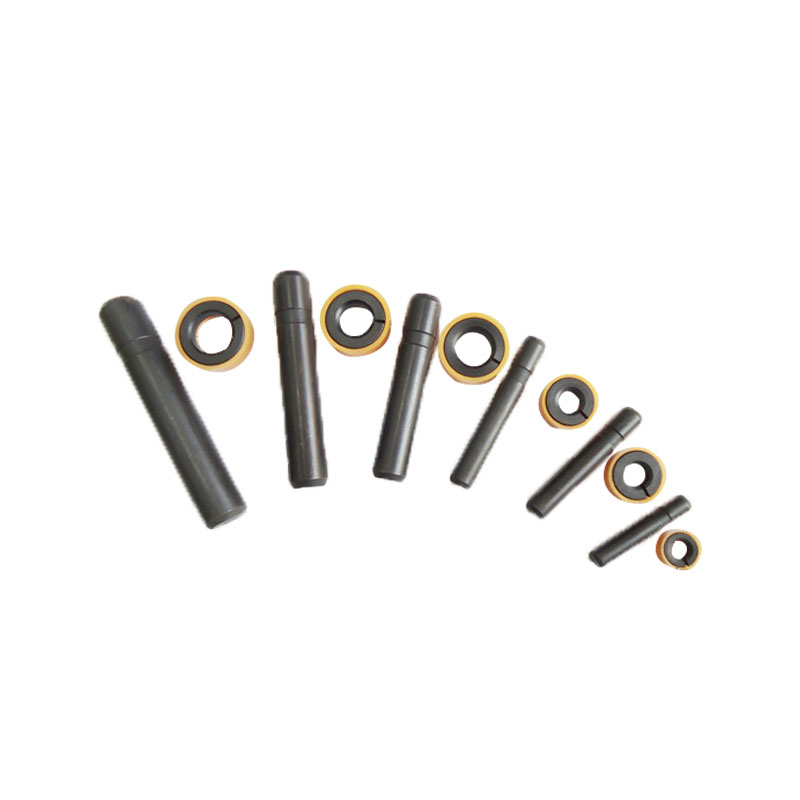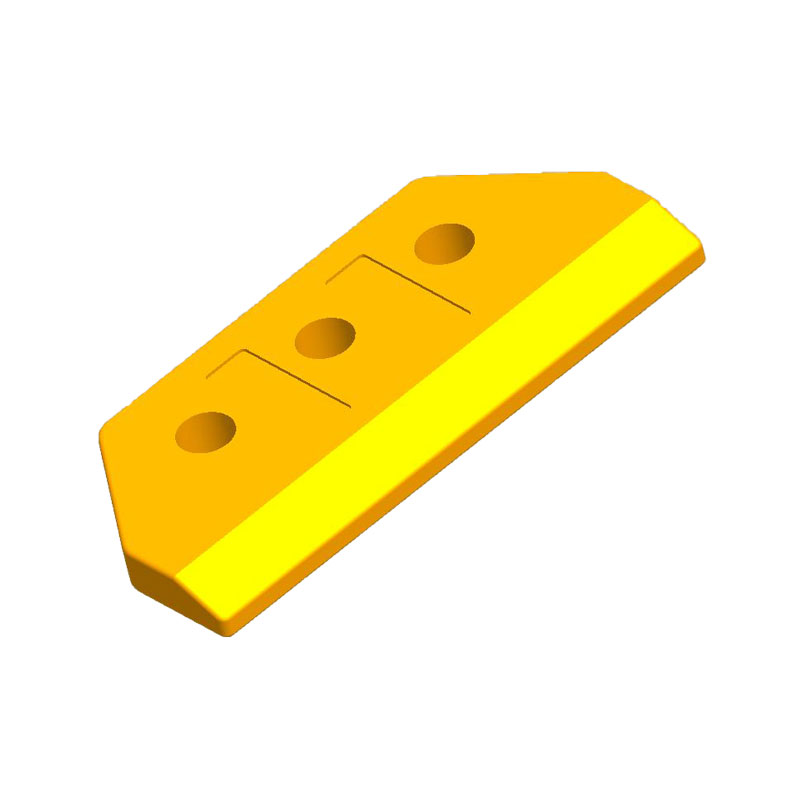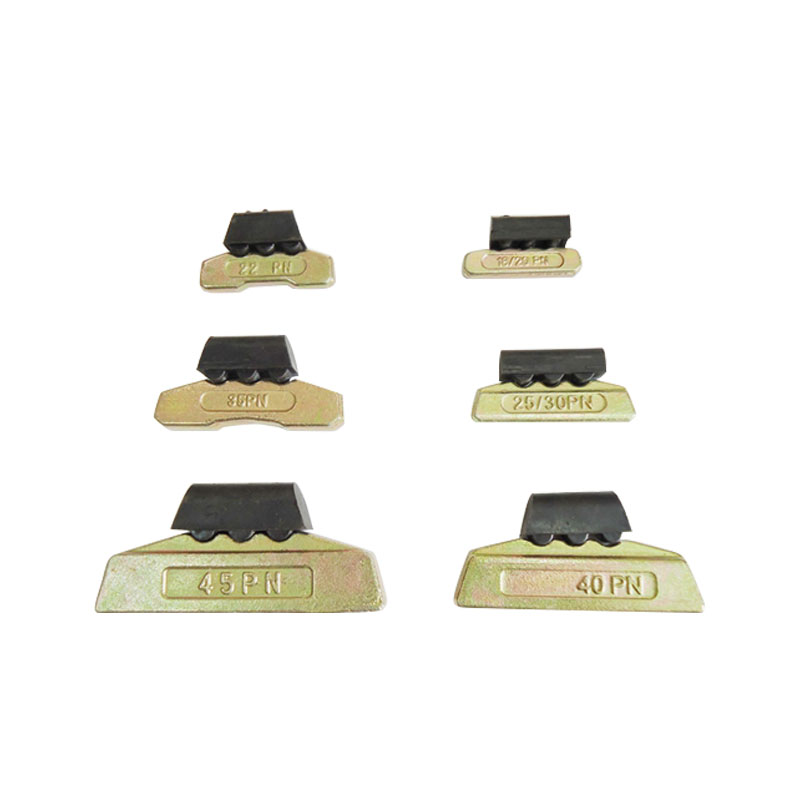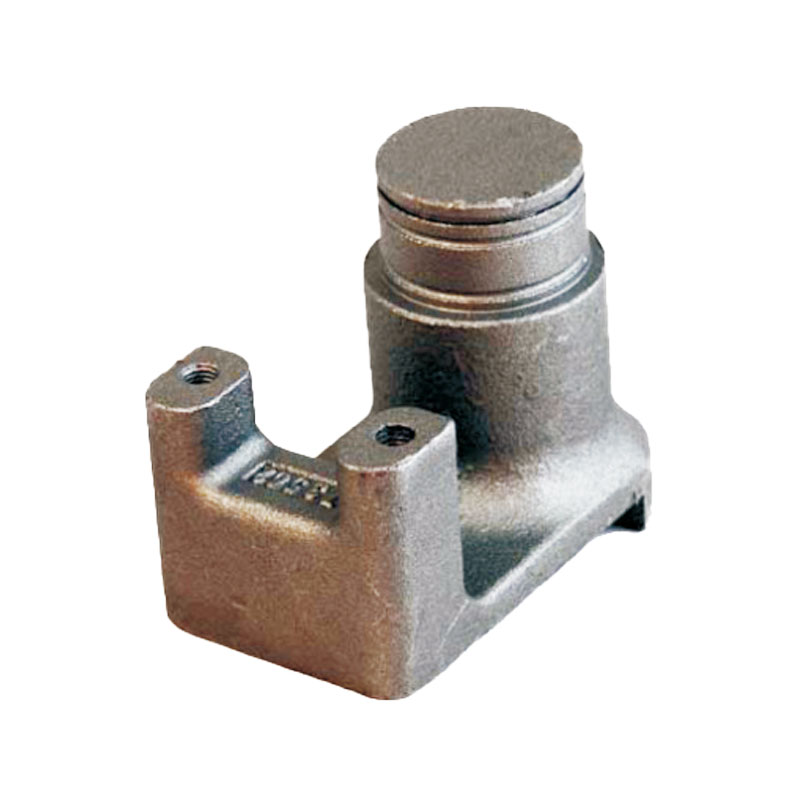The rate at which electrical energy is transferred per […]
The rate at which electrical energy is transferred per unit of time is called electric power. The SI unit for power is the watt, which is equivalent to one joule per second. However, you can also measure electric power by other measures. Here are some tips to help you understand the different ways to generate power using your home's electric outlet. Let's start with the basics. What is electric power? What is its purpose? What is the best way to generate it?
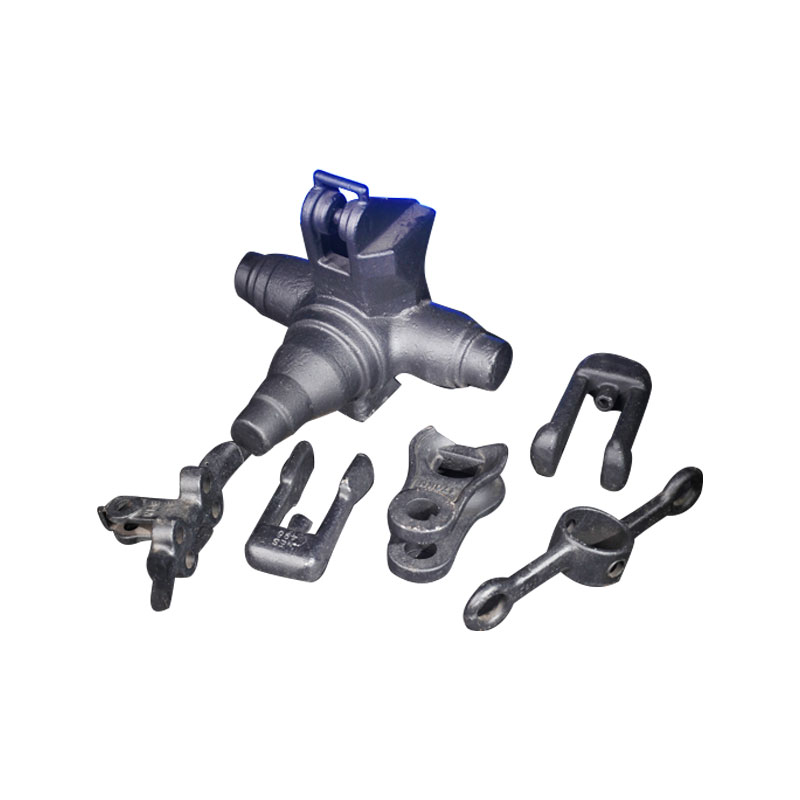
Electric power dates back to the mid-18th century. Thomas Edison invented the first long-lasting incandescent light bulb. In the U.S., arc lights were used for outdoor lighting before 1879. In 1879, Nikola Tesla pioneered the use of alternating current (AC) electricity, which reduced transmission costs and brought electricity to homes and factories. Throughout the 1900s, the electric power industry exploded and became a big part of society.
In order to make use of this power, a power plant must be located within two kilometers of the consumers' homes. Then, electricity must be transported over long distances using transmission lines. A network of high-voltage power lines helps with this process. The voltage must be higher than that produced by a power plant generator. This is achieved through the use of transformers. The first transformer was a functional transformer, which helped change the voltage according to the needs of consumers.
The typical power levels of various electrical components can help you understand the workings of the electrical system. Here is a table of typical power levels for some of the main components of an electrical system. The power dissipated in a circuit is equal to the potential difference across the element and the amount of current that flows through it. For example, a 250-volt electrical fire will dissipate 1000 watts of power.
